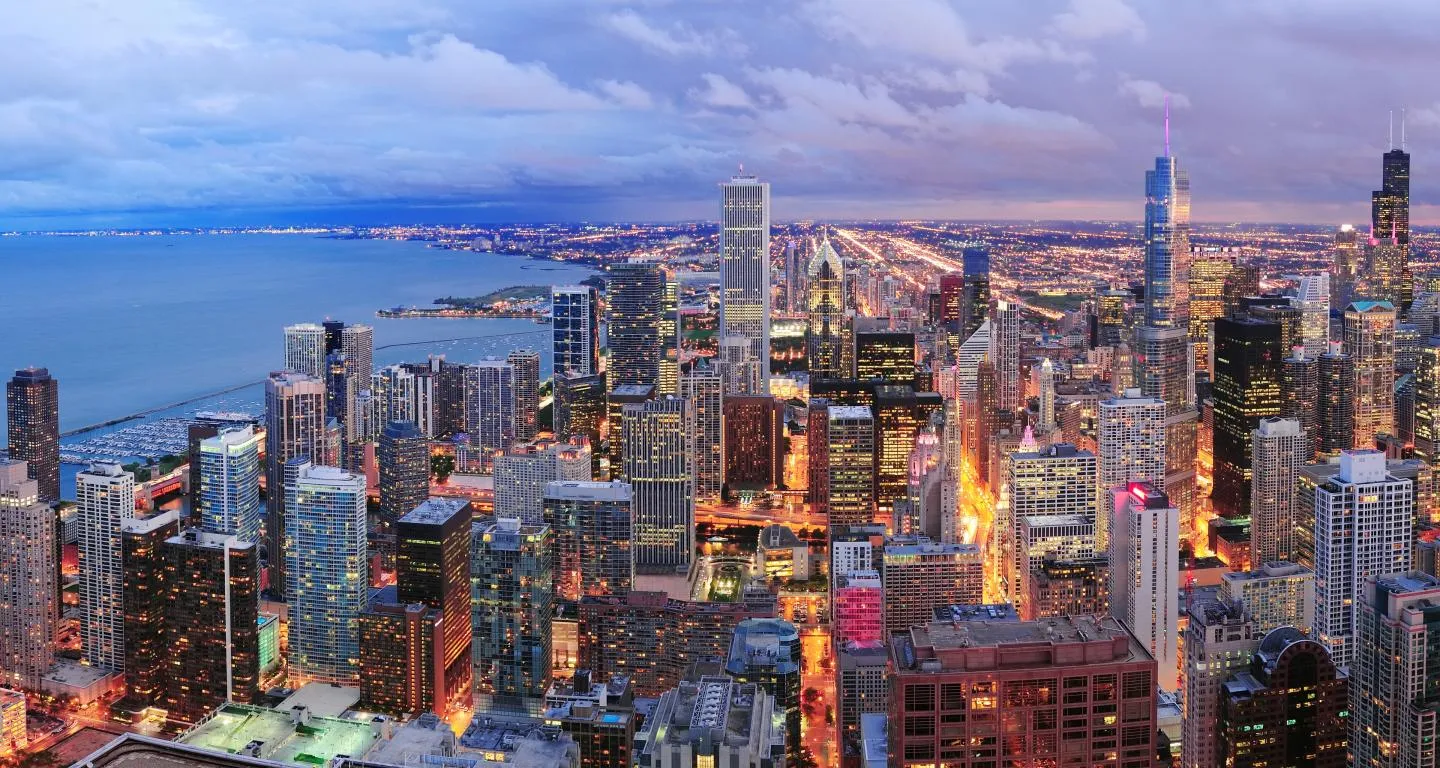CHICAGO — A city renowned for its skyscrapers and relentless pace faces an invisible but formidable threat: Chicago is gradually sinking. A new study published on May 8 in the journal Nature Cities revealed that 98% of the city’s territory is experiencing land subsidence — a phenomenon that threatens flooding, structural damage, and long-term economic shocks. This "silent danger," as scientists call it, presents Chicago authorities with a complex challenge: how to protect a metropolis sinking under the weight of its own progress.
The research, which covered 28 of the most populated cities in the USA, showed that 25 of them suffer from land subsidence. In Chicago, the situation is particularly alarming: the city belongs to nine metropolitan areas where the land is sinking at a rate of over two millimeters per year. Measurements taken from 2015 to 2021 found that practically no corner of Chicago is immune to this process. Researchers point to two main factors: excessive groundwater extraction and relentless urbanization, which, according to forecasts, will only intensify due to climate change.
"Chicago is built on fragile ground, and we are literally undermining its stability," says Alessandro Rota Loria, an associate professor in the Department of Construction and Environmental Engineering at Northwestern University, whose previous research had already sounded the alarm. "We are not just building a city; we are changing the very earth beneath it." His team discovered in 2023 that in the Loop area, subsidence is accelerating due to "underground climate change" — heat emitted by buildings penetrates the soil and compresses the clayey rocks upon which Chicago stands. The study, conducted using 150 temperature sensors, showed that the temperature underneath the Loop is 10 degrees Celsius higher than under Grant Park, speeding up soil deformation.
According to insider information, Chicago’s city authorities currently lack a comprehensive plan to combat this crisis. Researchers emphasize urgent measures: from detailed mapping of risk zones to limiting groundwater extraction and banning intensive development in vulnerable areas. They also recommend insulating new and existing buildings to reduce heat impact on the soil. However, these measures require significant investments and political will, which could pose a challenge in a city already struggling with budget issues.
Residents of Chicago — from businessmen in the Loop to families in remote neighborhoods — are increasingly anxious. Land subsidence threatens not only the structural integrity of buildings but also heightens flood risk — a problem already chronic due to proximity to Lake Michigan and frequent storms. "It’s like a slow-moving disaster," says a local engineer who wished to remain anonymous. "We see cracks in foundations, unevenness on roads, but most people don’t realize that the root cause is deeper than it looks."
For Chicago, a city that has always prided itself on resilience, land subsidence has become a new test. Scientists warn that without decisive action, risks will only increase, especially amid climate change conditions promising more rainfall and extreme weather events. While Chicago’s skyscrapers continue to kiss the sky, the ground beneath them slowly recedes, reminding us that even the most magnificent cities are not immune to the forces of nature. The question now is whether Chicago can adapt before this silent threat turns into a loud catastrophe.



